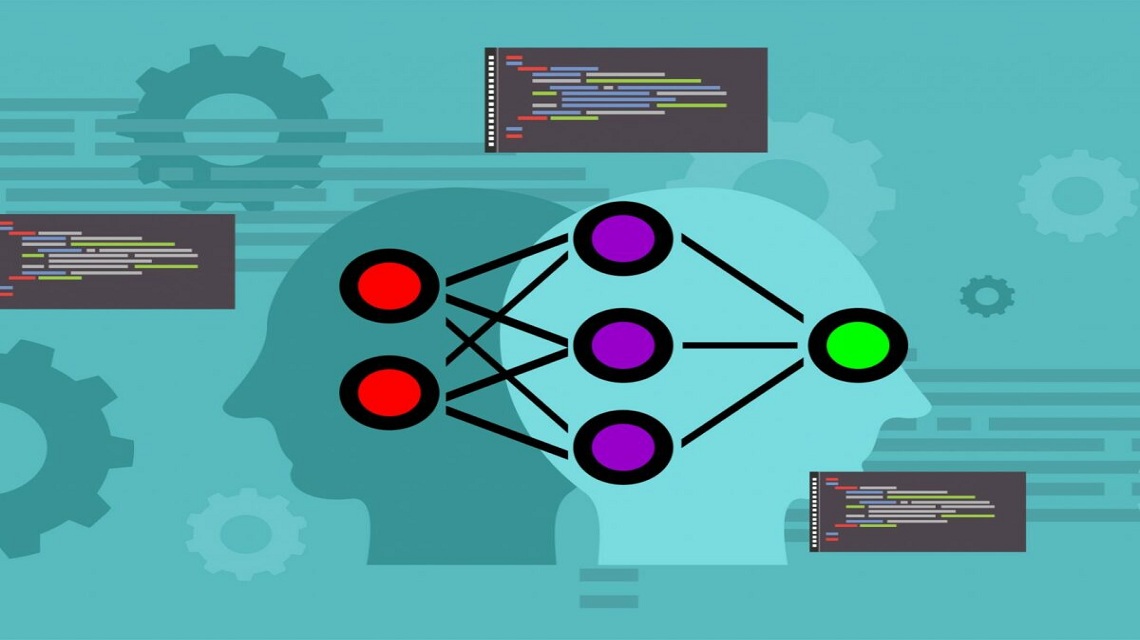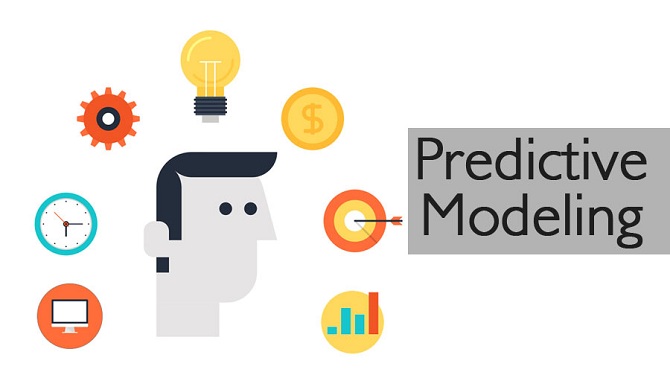Many distinct models and algorithms fuel predictive analytics solutions, which can be used in various use cases. Obtaining the most out of a predictive analytics solution and harnessing data to make informed choices requires identifying which predictive modeling techniques are ideal for your firm.
Consider a company whose goal is to minimize consumer attrition. They may not benefit from the identical predictive analytics models that a health center uses to forecast the number of sufferers admitted to the emergency space in the next ten days.
What are the most common models for predictive analytics? What prediction algorithms are the most effective at fueling them?
Table of Contents
Types of Predictive Models
There are many predictive data models currently available, each tailored to unique needs and applications. We’ll look at a few of the primary models that analytics experts employ to provide actionable information in the sections below.
Forecast Models
One of its most prevalent predictive analytics models is the forecast model. It manages metric value prediction by predicting new information values depending on historical data insights. Whenever there are no numerical values in historical data, it is typically employed to generate them. Predictive analytics’ ability to enter many factors is one of its most powerful features. As a result, they’re one of the most popular predictive analytics models on the market. They’re employed in a variety of industries and businesses. Forecast analytics could help a contact center predict how many support calls it may receive in a given day or a shoe store determine how much inventory it will require for the upcoming sales period. Forecast models are popular because they may be used in various situations.
Classification Models
In certain respects, the categorization model is the most basic of the various types of predictive analytics models we’ll discuss. It categorizes data depending on what it has learned from historical data. It’s the most basic model, and it classifies data for quick and direct query responses. Answering the query, “Is this a fraudulent transaction?” is an example use case.
Classification models help answer yes or no questions and offer broad analysis that aids in making decisions. These models could provide answers to queries. The categorization model’s versatility—and the simplicity with which it could be retrained with new data—allows it to be used in various industries.
Outliers Models
In general, data mining is the practise of using a variety of approaches to extract meaningful patterns or models from data. It is critical for selecting, exploring, and modelling high-dimensional data. Outlier discovery is a key research challenge in the field of data mining that aims to find things that are notably distinct, extraordinary, and irregular from the rest of the data. Noise and faults, events, and malicious network attacks are all examples of outlier potential sources. The key difficulties in detecting outliers in datasets of great complexity, quantity, and variety are how to catch similar outliers in a group using a clustering-based approach.
Time Series Module
The practise of studying time series data using statistics and modelling to produce forecasts and inform strategic decision-making is known as time series forecasting. It’s not always an accurate prediction, and the likelihood of forecasts could vary dramatically—especially when negotiating with time series data’s constantly shifting elements and elements outside our control. Forecasting insight into which events are more likely—or less likely—to occur than other prospective possibilities, on the other hand, is difficult.
Clustering Models
The clustering approach divides data into distinct, tiered innovative groupings based on related features. If an ecommerce shoe firm wants to run customized advertising efforts for their consumers, they may sift through hundreds of thousands of data to come up with a plan that is unique to every customer. Is this, however, the most effective use of time? Most likely not. Using the clustering methodology, they may easily divide clients into similar groups based on shared traits and design tactics for each group on a broader scale.
Other applications of this predictive modeling technique include putting loan applicants into “smart buckets” depending on loan characteristics and identifying high-crime regions in a city.
How to Create A Predictive Model?
Identifying historical data reflective of the outcome you are trying to forecast is the first step in creating a predictive model.
“The algorithm can infer outcomes from previous data,” Carroll explained, “but it can’t forecast what it hasn’t seen before.” As a result, the volume and breadth of data are utilized for training the model to ensure an accurate future forecast.
The next stage is to figure out how to clean, transform, and integrate the raw data to make more accurate predictions.
Not only does it take skill to identify the right set of raw data, but it also takes skill to transform it into data features that are most appropriate for a particular model. Calculating time-boxed weekly averages, for example, could be more helpful and contribute to better algorithms than using real-time values.
It’s likewise crucial to exclude data that isn’t relevant to a model or isn’t coincidental. The extra data would slow down the model at best, and at worst, it would result in a less suitable model.
It is both a science and an art. The skill is developing a gut instinct for what objects imply and inferring the underlying causes. The science systematically implements algorithms to generate regular and trustworthy outcomes and then assesses these algorithms over time. Just because a spam filter works on day one doesn’t imply marketers won’t tweak their messaging, reducing the filter’s effectiveness.
Common Predictive Algorithms
Machine learning or deep learning are used in predictive algorithms, and both are artificial intelligence subsets (AI). Structured data, such as spreadsheets or machine data, is used in machine learning (ML). Deep understanding (DL) works with unstructured data, including video, audio, text, social media posts, and images—basically everything humans connect with that isn’t numbers or metric reads.
The following are some of the more common predictive algorithms:
Random Forest:
This technique comprises several different decision trees, neither of which are linked, and it could categorize large volumes of data using both classification and regression.
Generalized Linear Model (GLM) for Two-Valued
This approach reduces the number of variables in the list to find the “best match.”It could establish the “best fit” conclusion by adjusting data gathering and other influences, including categorical predictors, and overcoming disadvantages in different models, such as a regular linear regression.
Gradient Boosting Model:
This algorithm likewise employs several coupled decision trees; however, unlike Random Forest, the trees in this algorithm are linked. It constructs one tree at a time, allowing the subsequent tree to remedy errors in the preceding. It is frequently used in rankings, such as on search engine results pages.
K-Means:
K-Means is a popular and fast technique that groups data points based on similarities and is frequently used in clustering models. Could instantly deliver individualized retail offerings to people within a large group, such as a million or more clients who share an interest in inlined red wool jackets.
Prophet:
This algorithm is employed in time-series or prediction models for capacity planning, such as inventory needs, sales quotas, and resource allocations. It’s pretty adaptable, allowing for heuristics and a variety of helpful assumptions.
Conclusion
Because of the enormous economic value they provide, predictive analytics models would serve an increasingly important role in company procedures in the future. While they aren’t flawless, their benefit to both public and private organizations is enormous. Organizations can use predictive analytics to take preemptive action in various areas. Predictive analytics models make fraud prevention in banks, disaster protection for governments, and magnificent marketing campaigns possible, which is why they will be an intangible asset in the future.

